As expected, Asus announced a plethora of new devices at its Computex Taipei press event – Zenbook laptops, Transformer 2-in-1 PCs, even a robotic companion named Zenbo. But we'd bet it's the new Zenfone lineup you're most excited to hear about. We have the gigantic Zenfone 3 Ultra, with its 6.8-inch display, as well as the Zenfone 3 Deluxe, made to impress with its all-metal construction. Leading the pack is the Asus Zenfone 3, which, out of these three, is the phone with the greatest potential to appeal to the mass market. It is here to succeed the Zenfone 2 with improvements in design and specs, all at a temptingly low price. But more on that last bit later.
While last year's Zenfone 2 had a colorful, yet plasticky construction, the Zenfone 3 has glass covering the back and front, with a metal frame hold together. The approach is anything but original, although at this time we don't think we have anything against it. The volume buttons, which were placed at the back on last year's model, are now in a more traditional spot on the side of the handset. The area under the camera is now occupied by a fingerprint scanner, which is a welcome addition.
As far as technicalities go, the Zenfone 3 comes with a 5.5-inch IPS LCD display, which makes it about as large as its predecessor. Under the hood we find a Snapdragon 625 SoC, with 8 Cortex A53 cores running at up to 2.0 GHz and an Adreno 506 GPU. The chip is backed by up to 4GB of RAM and up to 64GB of storage, but the base variant of the phone will have less of the stuff.
On the software side of things, we have a heavily modified version of Android, with features extending the OS both functionally and visually. These include support for themes, visual effects, as well as a built-in Mobile Manager system "optimizer" and the Game Genie feature for capturing and sharing gaming video.
Asus also brags with the 16MP camera on the Zenfone 3. The snapper uses contrast-detection, phase-detection, and laser AF to set the focus in as little as 0.03s – on par with popular flagship smartphones. Keeping the frame steady is a 4-axis OIS system backed by a 3-axis electronic stabilization. The front-facing cam shoots 8MP selfies. All of this Sounds great on paper, but as Asus' recent phones mostly lagged in the camera department, we won't be setting our expectations too high.
While we have yet to get in-depth information on the matter, battery life should be more than satisfactory with the Asus Zenfone 3, as the phone packs a sizeable, 3000mAh cell inside it. Charging is done via the convenient USB Type-C port at the bottom. Also, quick charging should be supported by the handset.
Unfortunately, we have no information regarding the launch of the Asus Zenfone 3. The Zenfone 2 took forever to hit the shelves, so we're hoping for a much speedier release this time around. What we do know, on the other hand, is how much the phone is going to cost. The Zenfone 3 will start at $249 for the base model, carrying 3GB of RAM and 32GB of storage. Naturally, the 4GB/64GB model will cost you extra.
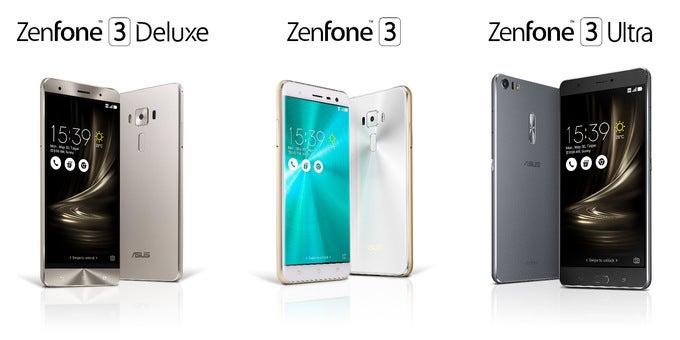


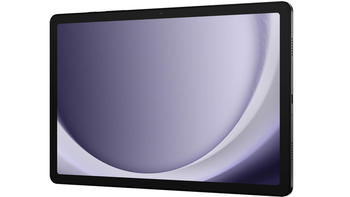
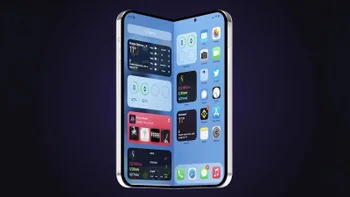

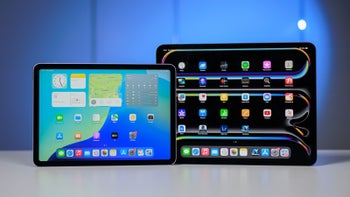

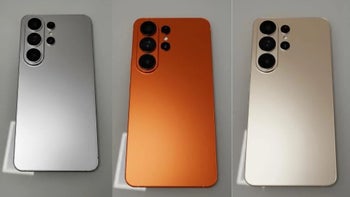


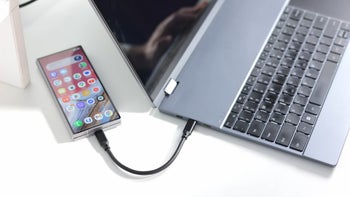



Things that are NOT allowed:
To help keep our community safe and free from spam, we apply temporary limits to newly created accounts: